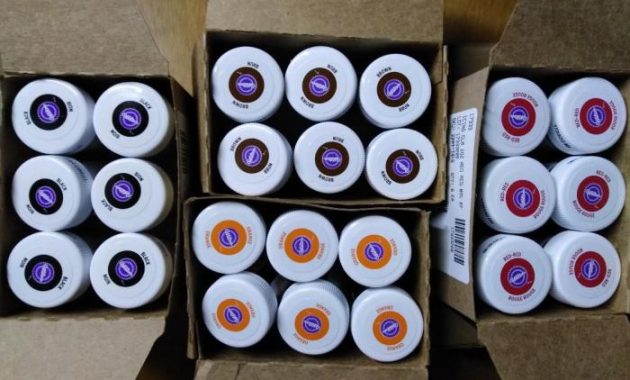Natural Sprinkles: Sprinkles Without Food Coloring
Sprinkles without food coloring – The production of sprinkles without artificial food coloring presents unique challenges and opportunities. While artificial colors offer vibrant hues and consistent results, the increasing consumer demand for natural alternatives necessitates a deeper understanding of the sourcing, production, and limitations inherent in this process. This exploration will examine the complexities of creating naturally colored sprinkles, comparing them to their artificially colored counterparts.
Natural Sprinkle Production
Creating naturally colored sprinkles involves replacing synthetic dyes with extracts derived from fruits, vegetables, and spices. The process begins with sourcing high-quality ingredients, ensuring consistent color and flavor profiles. These natural extracts are then incorporated into the traditional sprinkle-making process, which typically involves combining sugar, corn syrup, and other ingredients. The mixture is then cooked, dried, and shaped into the familiar small, crunchy pieces.
The precise methods vary depending on the desired shape, size, and color of the final product. The use of natural colorants necessitates careful monitoring of the cooking process to avoid degradation of the color and flavor compounds.
Texture and Shelf Life Comparison
Naturally colored sprinkles often exhibit a slightly different texture compared to their artificially colored counterparts. The use of natural extracts can sometimes lead to a slightly softer or more delicate texture, potentially affecting their crunchiness. Shelf life can also be affected. Natural colorants are generally less stable than artificial dyes, potentially leading to a shorter shelf life and a greater susceptibility to fading or discoloration over time.
For instance, sprinkles colored with beetroot extract might fade more quickly than those colored with Red 40. Proper packaging and storage are crucial for maintaining the quality and extending the shelf life of naturally colored sprinkles.
Challenges in Sourcing Natural Food Colorants
Sourcing and using natural food colorants present several challenges. The intensity of color obtained from natural sources is often less vibrant than that achieved with artificial dyes. This requires using larger quantities of natural extracts, which can impact both cost and flavor. Furthermore, the availability and consistency of natural colorants can be unpredictable, influenced by factors like seasonal variations in crop yields and weather conditions.
For example, the color intensity of turmeric extract can vary significantly depending on the soil conditions and harvesting time. Finally, the regulatory landscape surrounding natural food colorants can be complex and varies across different regions, adding to the challenges of sourcing and using these ingredients.
Natural Color Sources for Sprinkles, Sprinkles without food coloring
| Color Source | Color Produced | Intensity | Limitations |
|---|---|---|---|
| Beetroot Extract | Red/Pink | Medium | Can bleed into other ingredients; susceptible to fading |
| Turmeric Extract | Yellow/Orange | Medium-Low | Can impart a distinct earthy flavor; color intensity varies |
| Carrot Extract | Orange/Yellow | Low | Requires large quantities for visible color; can be expensive |
| Spinach Extract | Green | Low | Can impart a slightly bitter taste; requires careful processing |
| Purple Sweet Potato Extract | Purple/Lavender | Medium | Can be expensive; availability may be limited |
FAQ Explained
Are naturally colored sprinkles more expensive?
Generally, yes. Natural colorants are often more costly than artificial ones, impacting the overall price.
How long do naturally colored sprinkles last?
Their shelf life can be shorter than artificially colored sprinkles due to the absence of preservatives. Proper storage is key.
Can I make naturally colored sprinkles at home?
Absolutely! With a little patience and the right ingredients, making your own is a fun and rewarding project.
Do naturally colored sprinkles taste different?
Yes, the subtle flavors of the natural colorants will subtly influence the overall taste. It’s often a pleasant surprise!
Are naturally colored sprinkles healthier?
They generally contain fewer artificial additives, but nutritional content varies depending on the ingredients used.
Ever wondered about making sprinkles without those vibrant food colorings? It’s totally doable! You can achieve lovely natural hues using ingredients like beetroot or turmeric. But to avoid wasted ingredients, it’s crucial to know if your food coloring is still good; check if do food coloring expire before you start your baking project. Knowing this helps ensure your naturally-colored sprinkles are as vibrant as possible, without any unexpected color surprises!



